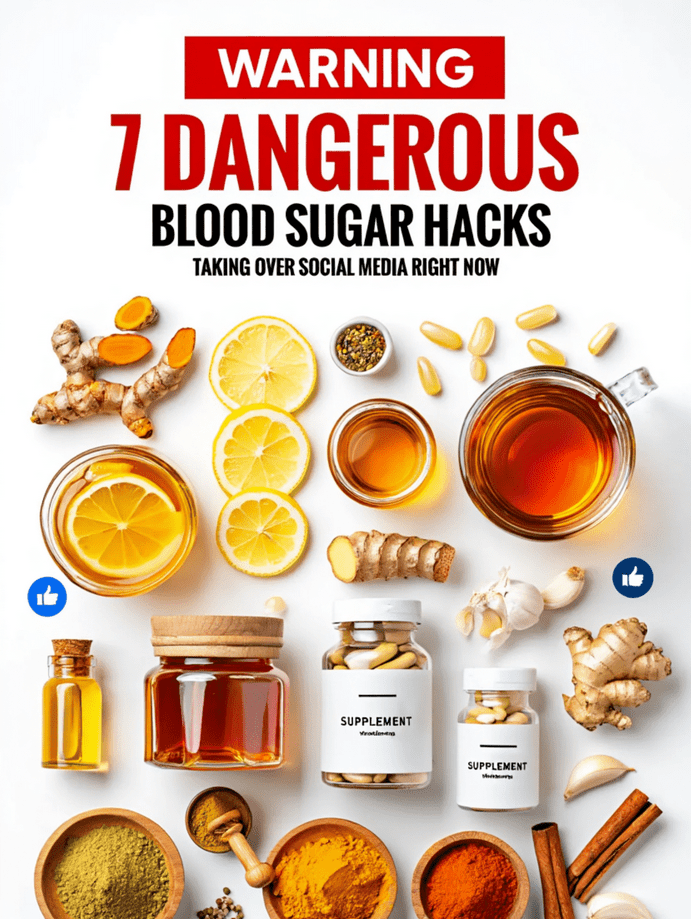
Turmeric vs. Cinnamon: The #1 Worst Spice for Your Blood Sugar
Cinnamon is the internet’s favorite shortcut for blood sugar. People add it to coffee, oatmeal, smoothies, and expect stable glucose all day. The truth is more nuanced. Results depend on the specific cinnamon you use and how your body handles it.
Cinnamon is not one thing
True Ceylon cinnamon contains polyphenols that can modestly support glucose control for some people. The common Cassia type, which appears in most grocery jars, is higher in coumarin, a compound that can stress the liver and derail glucose balance in vulnerable individuals. If you are reaching for the wrong jar, you may quietly worsen your numbers while believing you are doing the right thing.
Turmeric is not a magic bullet
Turmeric’s curcumin can improve insulin sensitivity and reduce inflammatory pressure around the pancreas, but absorption is the gatekeeper. It needs fat and a small amount of black pepper to meaningfully enter circulation. Without that context, most of the powder passes through unused, which is why a quick sprinkle rarely moves the needle.
Why viral hacks backfire
After decades in clinic, I have watched lemon water detoxes, vinegar shots, berberine challenges, and cinnamon cleanses rise and fade. Some ideas have merit when dosed, timed, and combined correctly. Many fail because the context is missing. People apply a fragment of a protocol and then wonder why readings swing or why they feel worse later in the day.
I wrote a concise guide that separates helpful practices from risky trends and explains how to apply the few that actually work. It also shows why fasting glucose can look normal while the mitochondrial terrain is under strain, and what to do about it now.
What you can expect to learn
Inside the report you will see which common kitchen spices can quietly destabilize glucose when used the wrong way, why certain smoothie combinations shut down fat oxidation and lead to later rebounds, how to use magnesium and bicarbonate coherently within a daily rhythm, and how mitochondrial readiness explains glucose tolerance better than a single insulin snapshot. The goal is clarity and precise application rather than another trick.
Bottom line
Cinnamon is not evil, turmeric is not magic, and neither replaces a coherent strategy. With the right context they can help. Without it they can backfire. If you want a concise map that keeps you out of the emergency room and away from false shortcuts, start with the guide below.
Get the free PDF now>>>